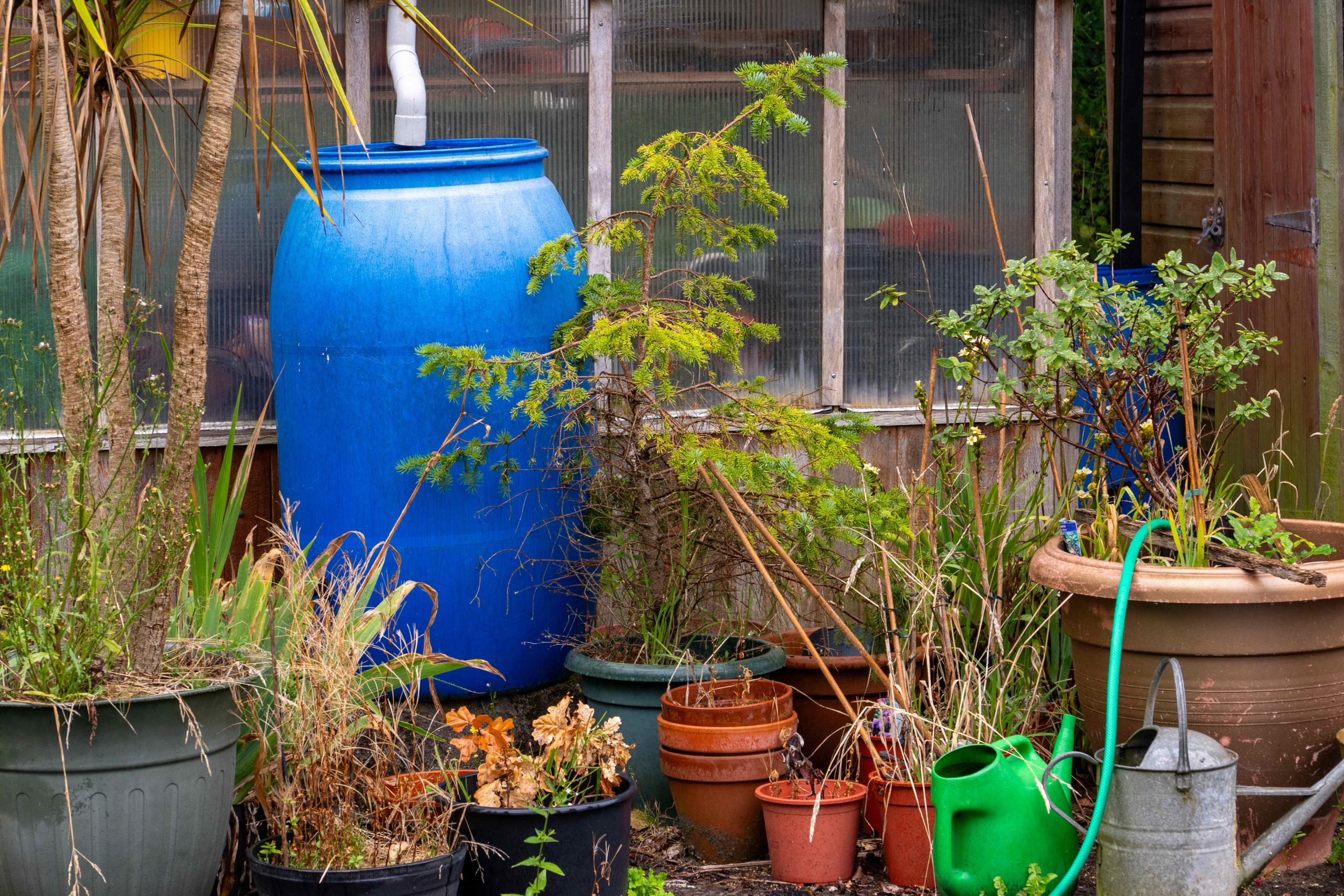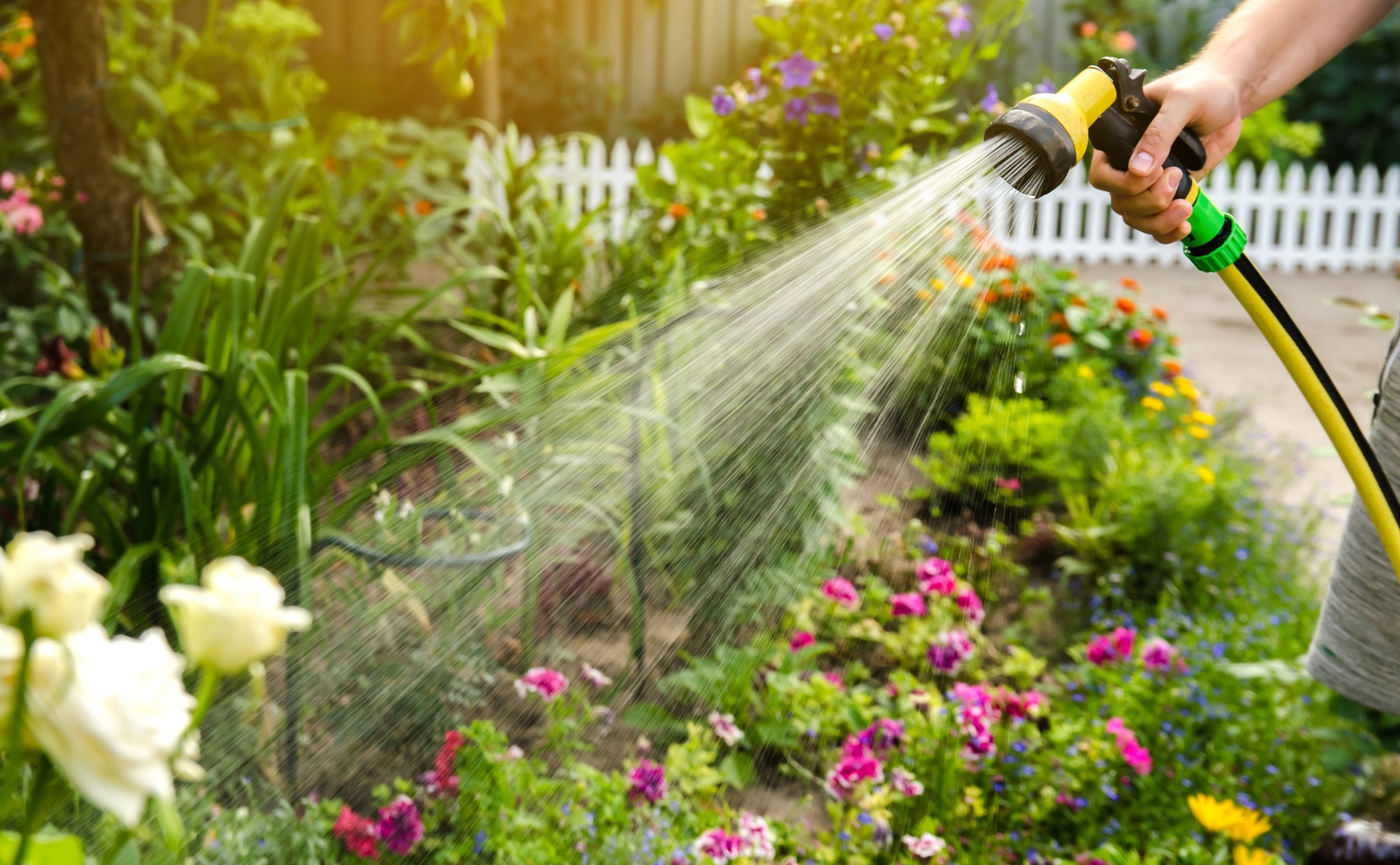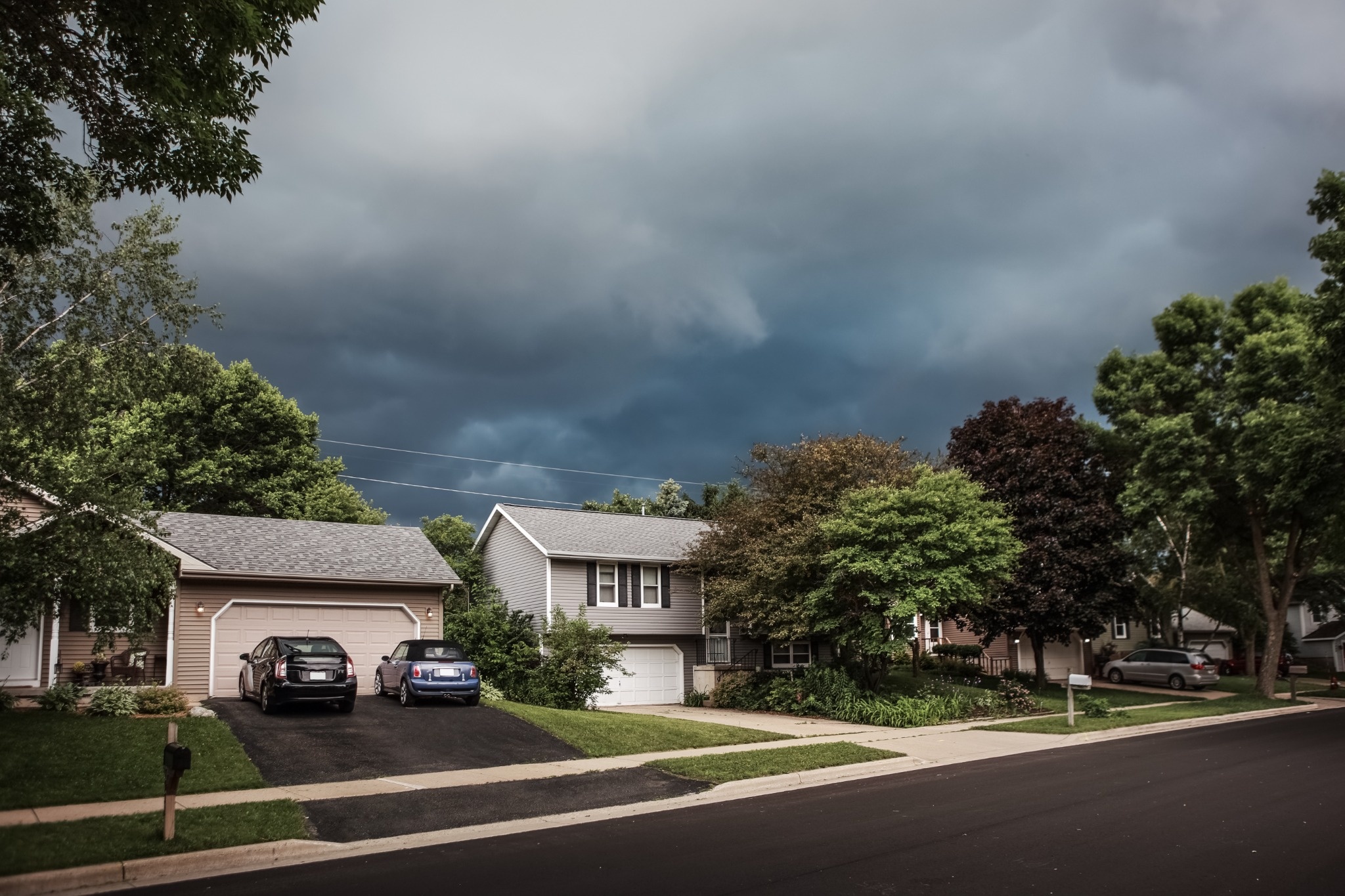Table of Contents
DIY Rainwater Collection: Save Money and Water Your Garden for Free
Watering your garden doesn’t have to cost a fortune, especially when nature provides what you need for free. With a DIY rainwater collection system, you can cut down on your water bill and keep your outdoor plants thriving.
Uncover affordable ways to collect and use rainwater right in your own backyard.

Why Collect Rainwater?
Rainwater is completely free and surprisingly easy to collect. Even a small roof can catch hundreds of gallons during a single rainstorm. Instead of letting all that water run down the drain, you can put it to work in your yard.
Benefits include:
- Lower Water Bills: Using rainwater for gardens, lawns, or even washing outdoor tools reduces how much tap water you use.
- Eco-Friendly: Conserving water helps the environment, especially in areas with drought or water restrictions.
- Better for Plants: Rainwater is naturally soft and free of chemicals like chlorine, making it healthier for your garden.
What You’ll Need to Get Started
You don’t have to invest in an expensive system to start collecting rainwater. A basic setup is cheap and simple. Here’s what you need:
- Rain Barrel or Container: Look for a food-grade barrel, plastic trash can, or even a large bucket. Just make sure it’s clean and can hold at least 30–50 gallons.
- Screen or Lid: Keeps out leaves, bugs, and debris.
- Downspout Diverter: This tool helps direct rainwater from your gutter into the barrel.
- Spigot or Hose Connector: Add this near the bottom so you can easily fill watering cans or attach a hose.
- Overflow System: A hose or opening at the top lets excess water flow away when the barrel is full.
You can find rain barrel kits at hardware stores, but you can also piece one together with items from around the house or your local reuse center.
Building a Simple DIY Rain Barrel
Here’s a basic setup you can build over the weekend:
- Choose the Right Spot: Place your barrel under a downspout near your garden or lawn.
- Raise the Barrel: Set it on cinder blocks or a sturdy platform. Elevating it makes it easier to use the spigot and improves water pressure.
- Cut the Downspout: Trim your existing gutter downspout to feed directly into the top of the barrel.
- Install a Screen: Cover the opening with mesh to keep out leaves and insects.
- Add a Spigot: Drill a hole near the bottom and screw in a spigot (use waterproof sealant to avoid leaks).
- Create an Overflow Path: Attach a hose or elbow fitting near the top to divert extra water away from your home’s foundation.
That’s it—you’re collecting rainwater!
Tips for Safe and Effective Use
To make the most of your system, keep these safety and usage tips in mind:
- Use Only for Outdoor Tasks: Don’t drink or cook with rainwater unless it’s been properly filtered and sanitized.
- Water Early or Late: Water plants in the morning or evening to reduce evaporation and waste.
- Clean Regularly: Rinse out your barrel every few months to prevent algae and mosquito breeding.
- Winterize It: In colder areas, empty and store your barrel during freezing months to avoid cracking.
These small steps help keep your system running safely and efficiently.
What You Can Water with Rainwater
Rainwater is perfect for almost any outdoor use:
- Gardens and Flower Beds: Plants love the soft, chemical-free water.
- Lawns: Water your yard without spiking your utility bill.
- Potted Plants: Great for container gardens and patio pots.
- Outdoor Cleaning: Use it to rinse tools, muddy boots, or even your car.
If your system collects enough, you might even use it to fill birdbaths or small fountains.
Boost Your Setup with Add-Ons
As your needs grow, you can add more features to expand your rain collection system:
- Link Multiple Barrels: Connect two or more barrels for extra capacity.
- Add a Hose Adapter: Attach a garden hose to water directly without a watering can.
- Install a Soaker Hose: Let water slowly drip into your garden beds straight from the barrel.
- Automatic Diverter: These devices can switch between sending water to your barrel or out the downspout, depending on whether the barrel is full.
These upgrades are inexpensive and easy to install yourself.
The Bottom Line
Collecting rainwater is a simple way to stretch your budget, support your garden, and reduce your environmental footprint. Whether you’re working with a tiny yard or a big backyard, a DIY rain barrel system puts nature’s gift to good use.
Check out how easy and affordable it is to start watering your garden for free—one rainstorm at a time.





